
MENUMENU
TALK TO AN EXPERT
Special Hours: 7AM – 6PM PST
TALK TO AN EXPERT
Special Hours: 7AM – 6PM PST
Alternator charging is a quick and efficient way to recharge your house batteries, no matter where you are. Without having to rely on shore charging or solar power, alternator charging can provide peace of mind regardless of conditions or time on the water. While alternator charging offers power on the go, it must be done correctly to avoid damaging your alternator and boat’s electrical system.
Using your boat’s engine is a great way to recharge your Battle Born Batteries house bank when done with the proper precautions in place. Without the necessary accessories and monitoring equipment, utilizing alternator charging can be dangerous for both your alternator and batteries. During charging, if the batteries encounter a BMS shutdown, the alternator and boat electrical system can be severely damaged.
Ideally, it would be best to put all the available power from the alternator directly into the batteries. Lithium iron phosphate (LiFePO4) batteries have the capability to take a very high level of charge throughout the charging cycle. So, direct charging is preferred as it will allow you to get the maximum amount of charge in your house bank, but it is also the riskiest for your alternator.
To directly charge your house batteries from the engine alternator, you need to use a high-quality external regulator. This communicates with your charger to tell it exactly how to charge your house bank. The Wakespeed WS500 Advanced Alternator Regulator is the best way to charge your batteries safely with your alternator.
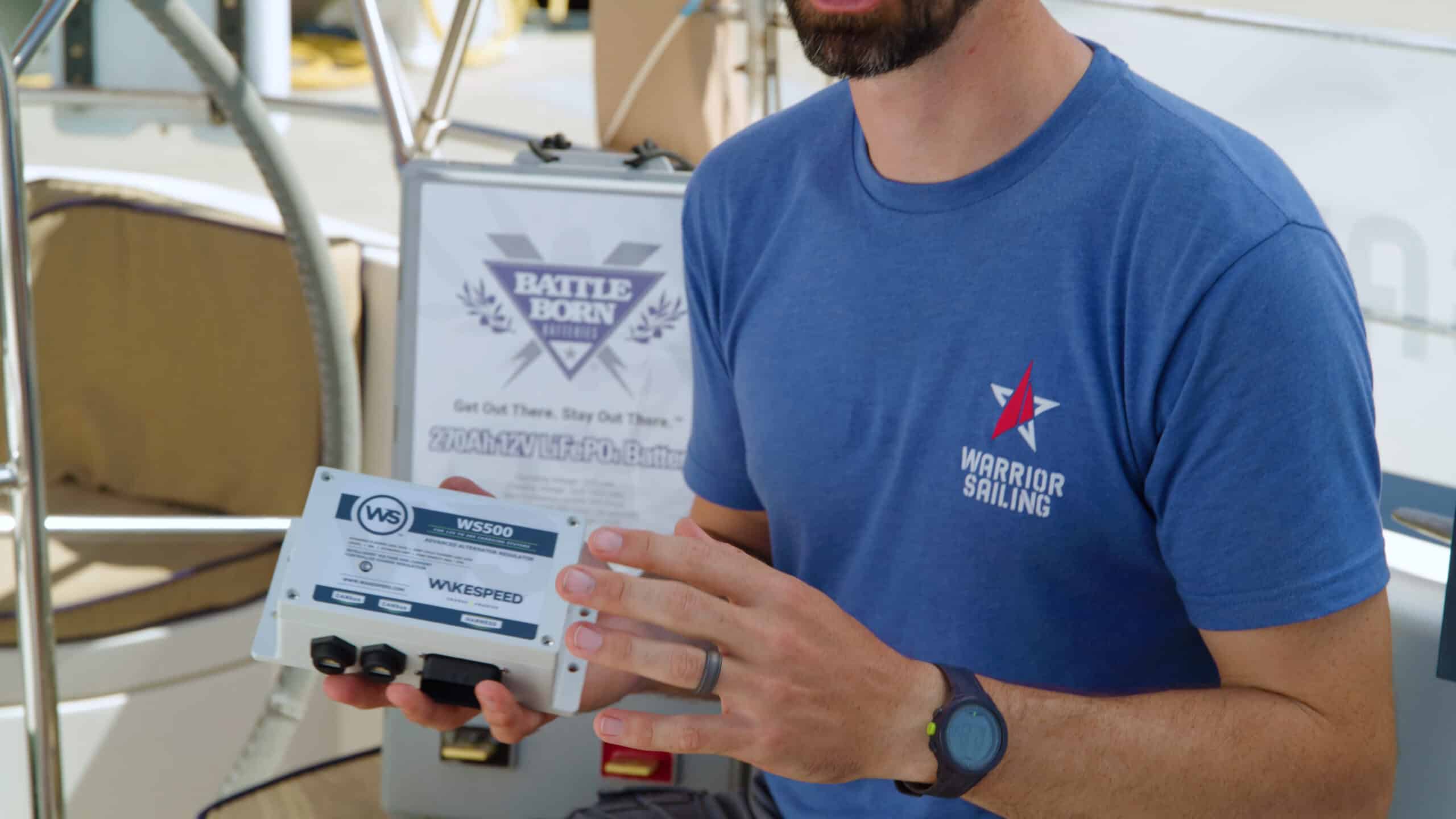
Alternatively, a DC-to-DC charger is a simple and safe way to utilize alternator charging. In this method you use the alternator to directly charge the engine starting battery. Then the DC-to-DC charger takes power from the starting battery to charge the house bank. While this method protects your house bank by fully separating it from the alternator, it is much slower and less efficient.
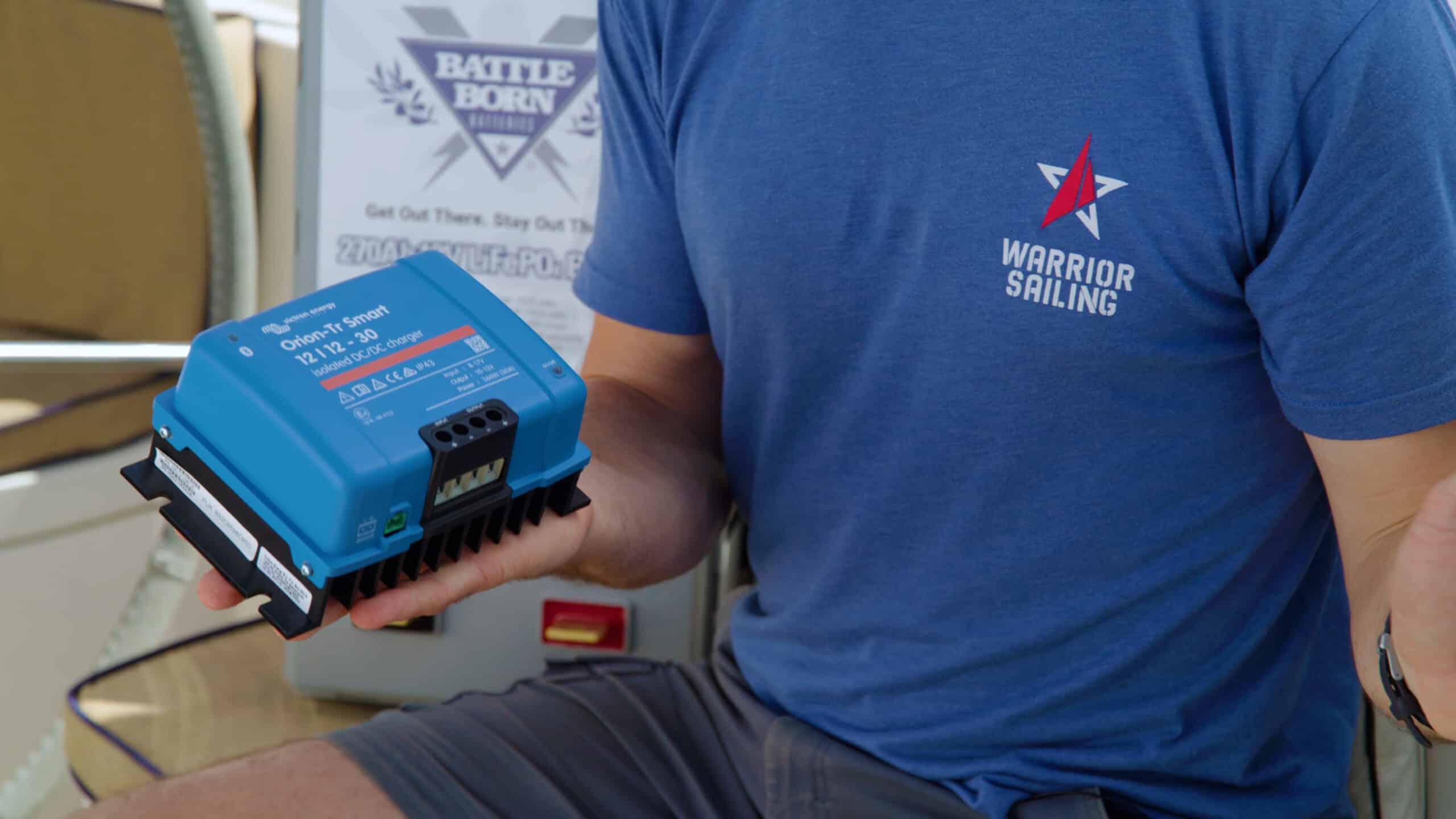
Check out the full Marine 101 series on the our YouTube channel or through the Academy page on our website. For further questions or help designing the perfect marine power system, our technical sales team would love to help! You can reach by calling (855) 292-2831 or emailing [email protected].
Shop Best Sellers
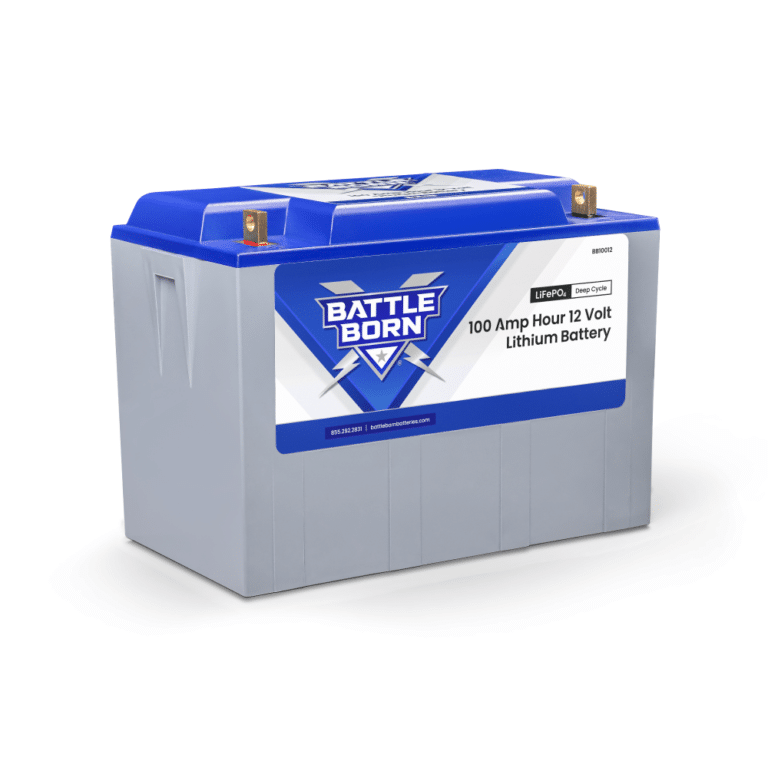
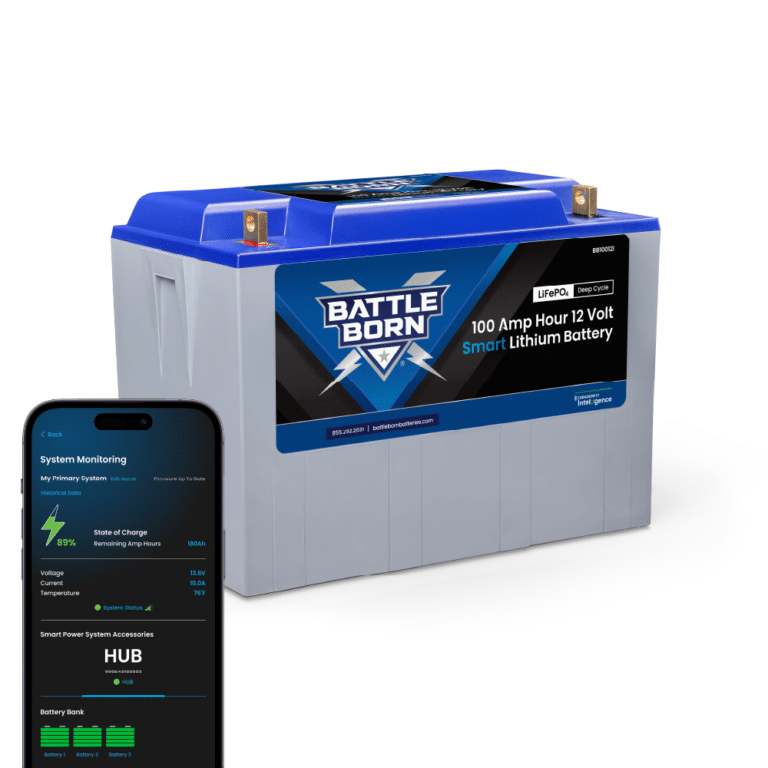
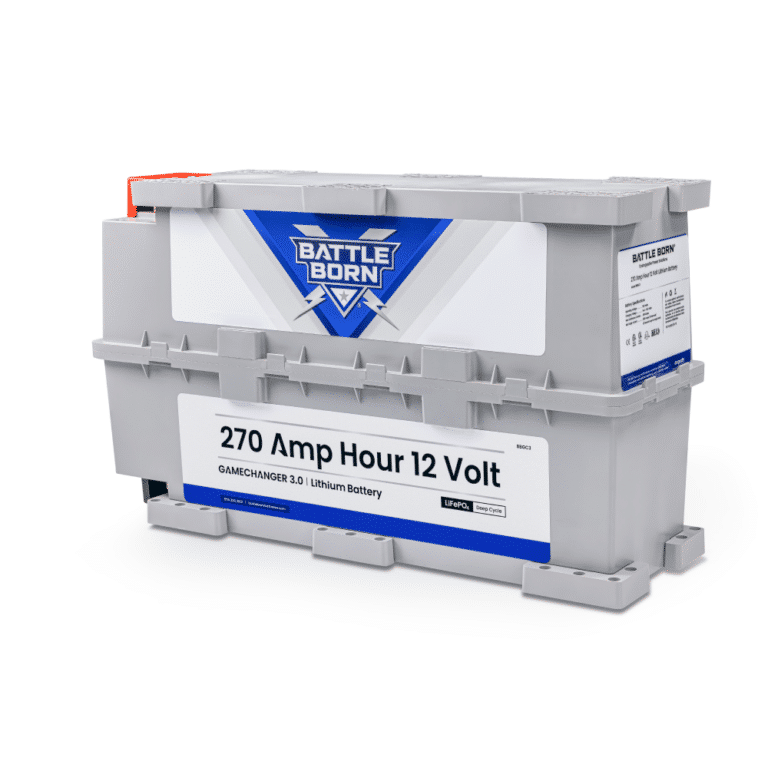
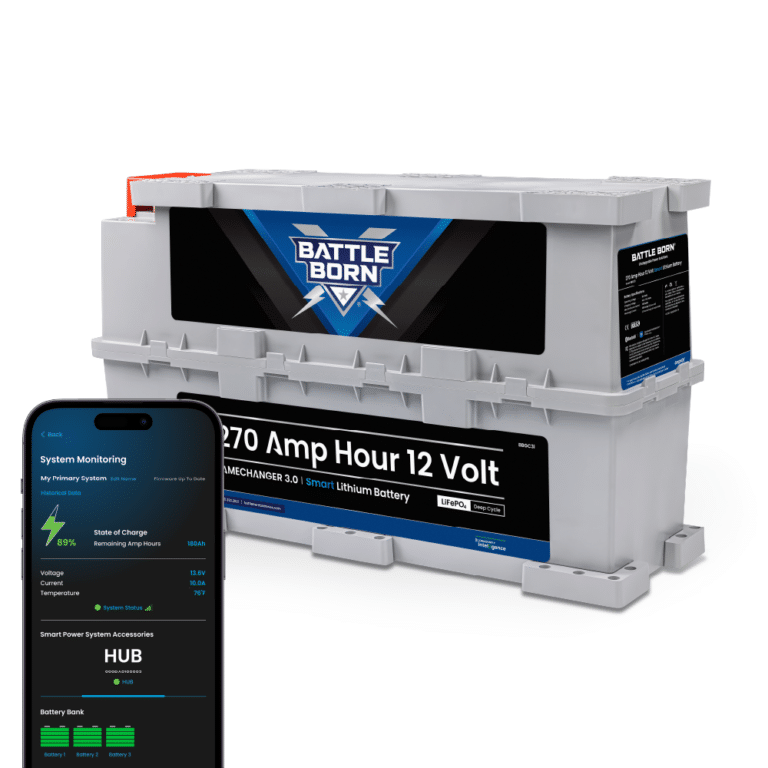
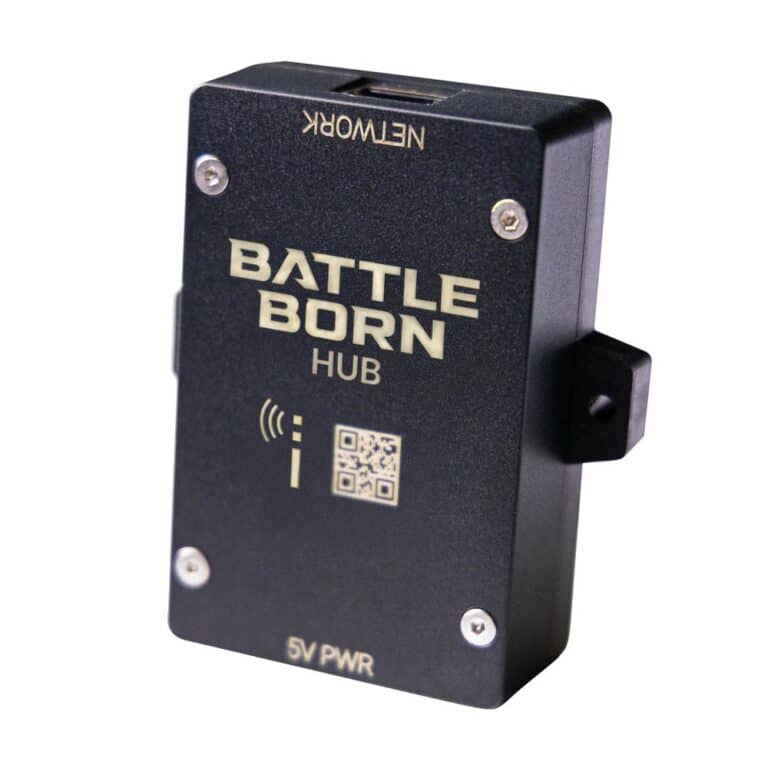
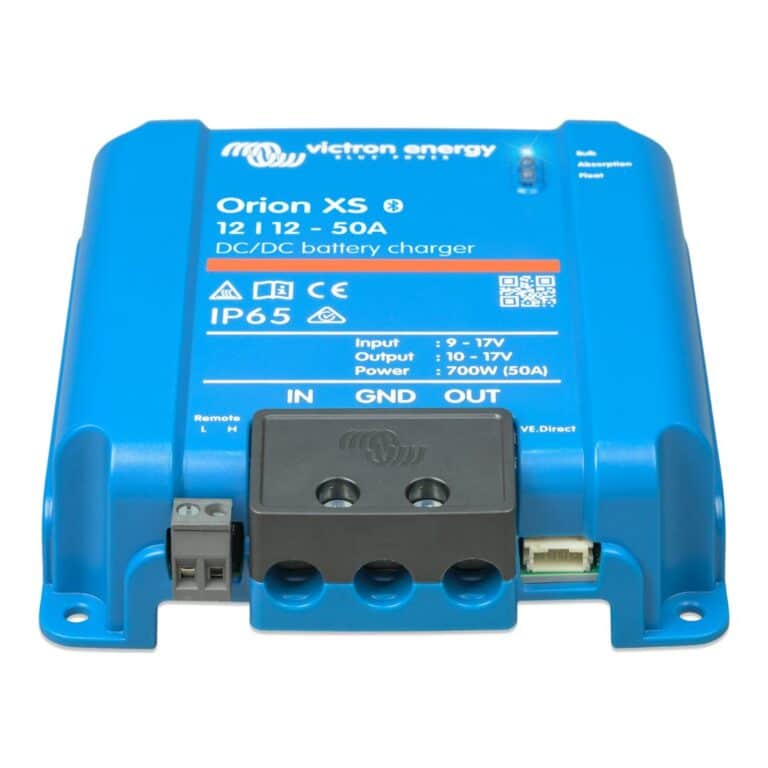
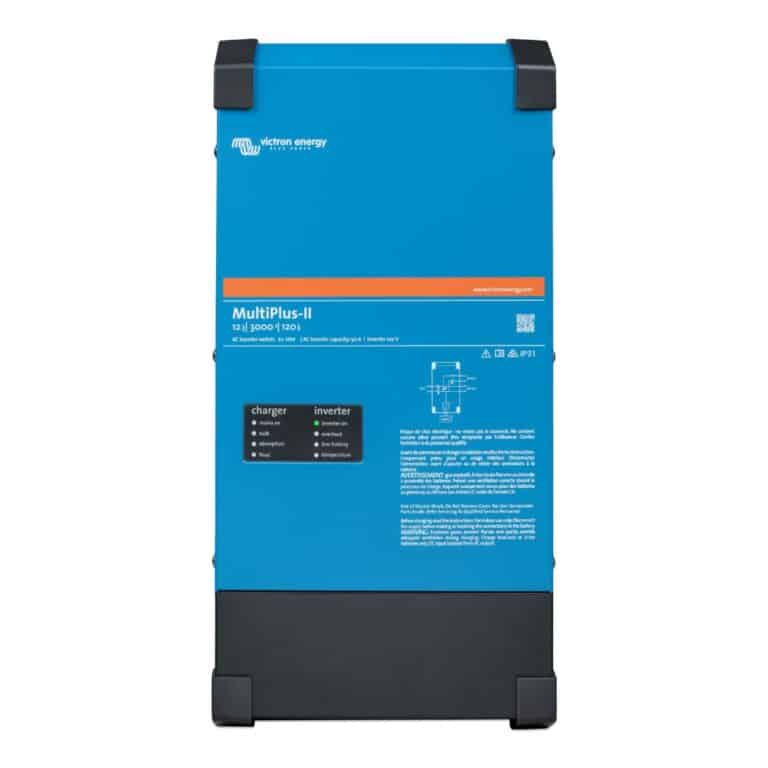

Ask a technical specialist now at 855.292.2831
Stay in the Know